People
Is It Time for a Woman to Run the Metropolitan Museum? Here Are 11 Candidates Who Could Do the Job
Critics and commentators have suggested the museum hire a woman as director. We've taken the liberty of suggesting some names.
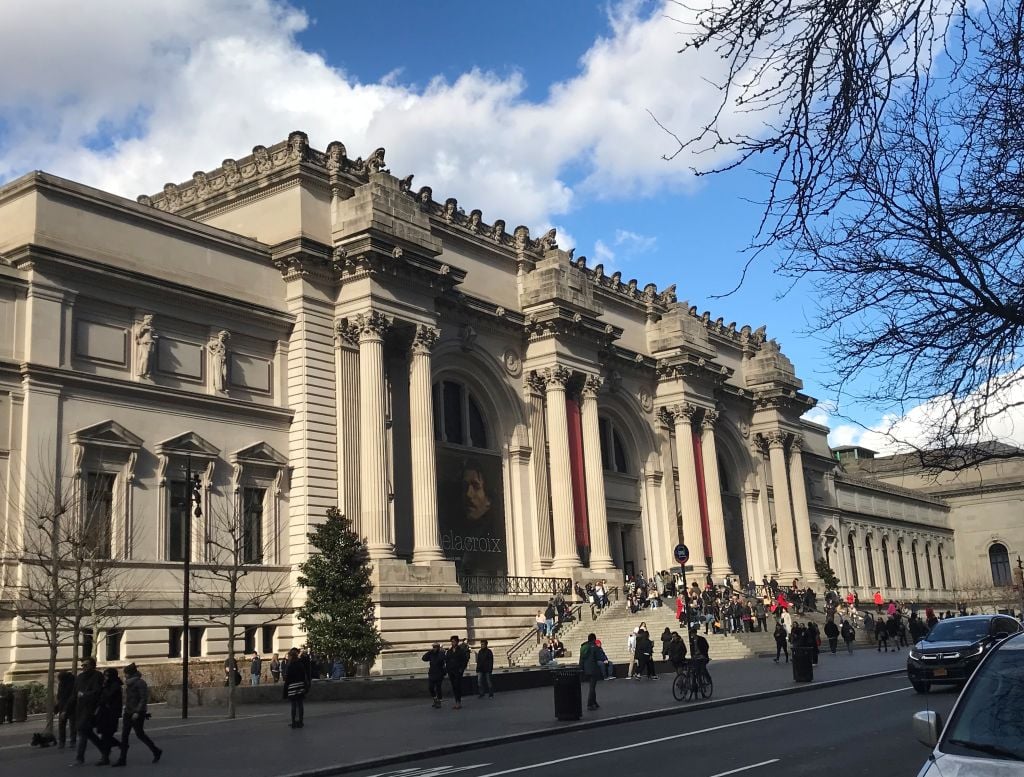
Critics and commentators have suggested the museum hire a woman as director. We've taken the liberty of suggesting some names.

Brian Boucher

If you’ve checked your museum job listings lately, you know that there’s an opening at New York’s Metropolitan Museum of Art—and it’s right at the top of the org chart.
Soon after Thomas Campbell announced his resignation in February, Wellesley College history professor Liza Oliver urged the institution to hire a woman for the prestigious post in an editorial in the New York Times. (No woman has held the job to date.) In a March column entitled “How to Fix the Met,” art critic Holland Cotter offered the following advice to the Met’s board: “Put women on your short list of potential hires as director. It’s time.”
A study of the gender gap in art museum directorships by the Association of Art Museum Directors released in March found that only one of the country’s 13 largest museums (the Brooklyn Museum) is run by a woman. While smaller museums are nearing parity at the top, only 30 percent of museums with budgets of $15 million or more have female directors. The study proposed various explanations for the gap, from board members’ outdated notions of what leaders look like to candidates’ own reticence to uproot their families.
“Just as I would love to see a woman president, I would love to see a woman director at the Met, and there are women who are ready to step into the role,” says Geri Thomas, the president of the firm Art Staffing, which has worked with museums including the Met.
Regardless of gender, a successful candidate should, Thomas says, “have a deep sense of the public dimension of museums, and they have to have worked with boards, major donors, and funding agencies, and built partnerships. They ideally have overseen capital projects and increased revenue and visitation at their museums.”
Within the Met’s recently reshuffled organizational structure, the museum’s new director will report to president and CEO Daniel Weiss. The new arrangement leaves open the door for a different kind of candidate than the museum might have previously considered—one who can be more focused on art and programming than balance sheets and fundraising.
Bruce Thibodeau, president of Arts Consulting Group, points out that a thorough search will involve not just an in-depth analysis of the candidates themselves, but also a thoughtful examination of how their skills and personalities would align with the Met’s existing senior staff. He urges the museum not to rush. Ultimately, Thibodeau says, “an effective executive search process is a marathon rather than a sprint.”
As the museum embarks on that marathon, here are, in alphabetical order, 11 highly qualified women who could excel in the post.
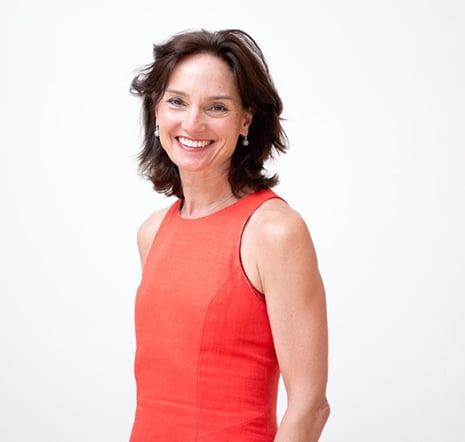
Carrie Rebora Barratt. ©2013 Metropolitan Museum of Art. Photo by Jackie Neale, courtesy of the Metropolitan Museum of Art.
Barratt already occupies a high-ranking role at the museum. In her capacity as deputy director for collections and administration, she serves as the director’s liaison to core departments, including curatorial, conservation, scientific research, and digital media (a department she created in 2010). She assumed her current role in 2009 after serving as curator of American paintings and sculpture. (Press reports stated she took a buyout last year, but Daniel Weiss later told Lee Rosenbaum she never left.) Although the board might be looking for a fresh start after a litany of negative press, the museum also has a tendency to look in-house: Its last two directors, Campbell and Philippe de Montebello, were both internal hires.
Bonus: To see Barratt’s grace under pressure, watch as Stephen Colbert asks her if he can lick the museum’s paintings.
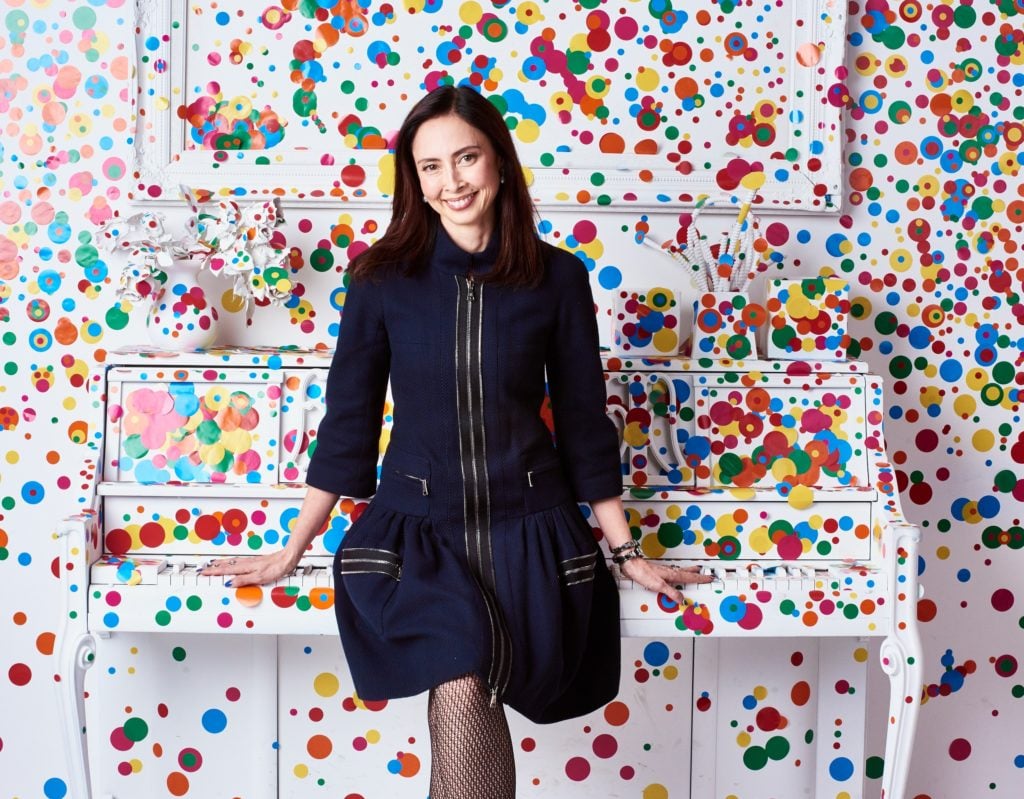
Melissa Chiu. Photo courtesy Hirshhorn Museum and Sculpture Garden.
Head of the Smithsonian’s Hirshhorn Museum and Sculpture Garden since 2014, Chiu oversees a staff of 77 and an annual operating budget of $23 million as of 2016. That may be a far cry from the Met’s budget of more than $300 million and staff of more than 2,000, but during her time in the nation’s capital, Chiu has doubled the size of the Hirshhorn’s board, increased fundraising by some 75 percent, and hiked attendance by 28 percent. Moreover, the museum’s recent Yayoi Kusama exhibition brought a whopping 6,566 percent increase in membership. The thick-skinned director has also remained cool and steadfast amid a wave of scrutiny in the press during the early days of her tenure—an important quality for the leader of an institution as closely scrutinized as the Met.
Also working in her favor: Chiu has experience outside contemporary art and a track record of securing complex international loan agreements. Before moving to DC, she led the Asia Society for a decade, overseeing branches in New York, Hong Kong, and Houston.

Kaywin Feldman. Photo: courtesy Minneapolis Institute of Art.
One of only two women at the helm of one of the 17 largest encyclopedic museums with a budget of more than $30 million, Feldman has been director of MIA since 2008. She manages a staff of 250 and an annual operating budget of $32 million. During her tenure, she has spearheaded the creation of the museum’s contemporary art department and set the bar for responsibly dealing with restitution claims. She has served as president of the Association of Art Museum Directors and chair of the American Alliance of Museums. Before heading to Minneapolis, she was director of the Memphis Brooks Museum of Art in Tennessee for eight years. (She first became a museum director at the tender age of 28.)
Weighing heavily in her favor is her experience overseeing two museums that boast wide-ranging collections spanning ancient art to contemporary.
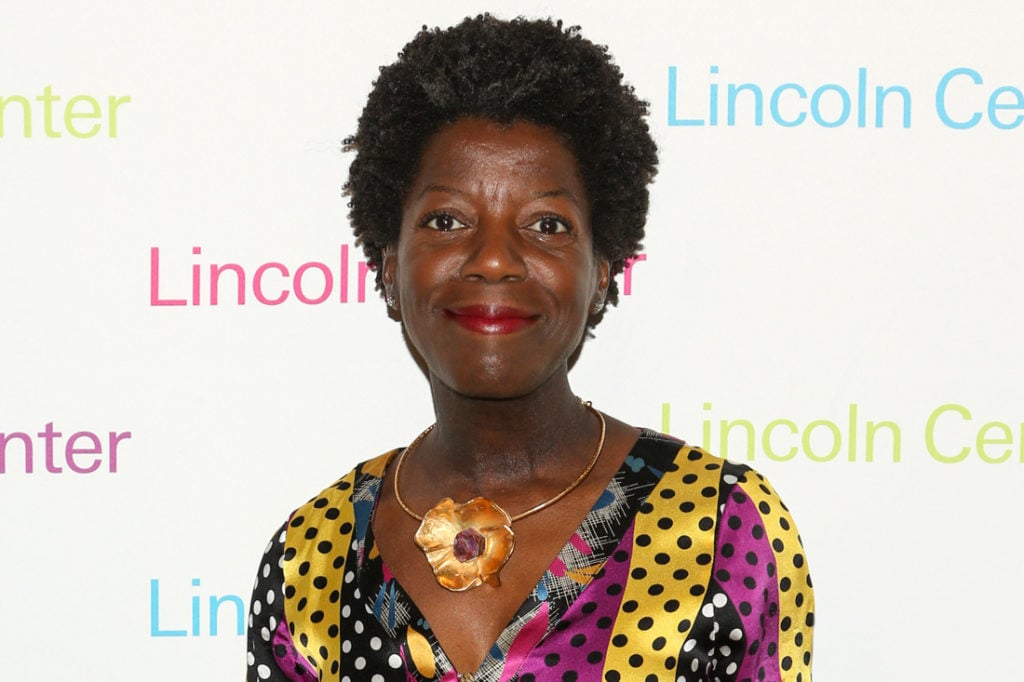
Thelma Golden. Photo: Courtesy of Patrick McMullan.
Golden has been with the beloved uptown institution since 2000, and has served as director since 2005. She is currently overseeing architect David Adjaye’s $122 million expansion project, which, according to the New York Times, is expected to increase the institution’s annual operating budget from $6 million to $8.2 million. Museum directors usually stick around to see such projects through, but it’s conceivable that once Golden has the expansion well underway, she might be willing to move a few blocks south. Her access to board members and donors who support contemporary art could come in handy as the Met works to raise money for its stalled David Chipperfield-designed Modern and contemporary wing.
Golden is rumored to have been recruited for and turned down larger gigs, like the directorship of the Brooklyn Museum. But the Met job might prove irresistible.
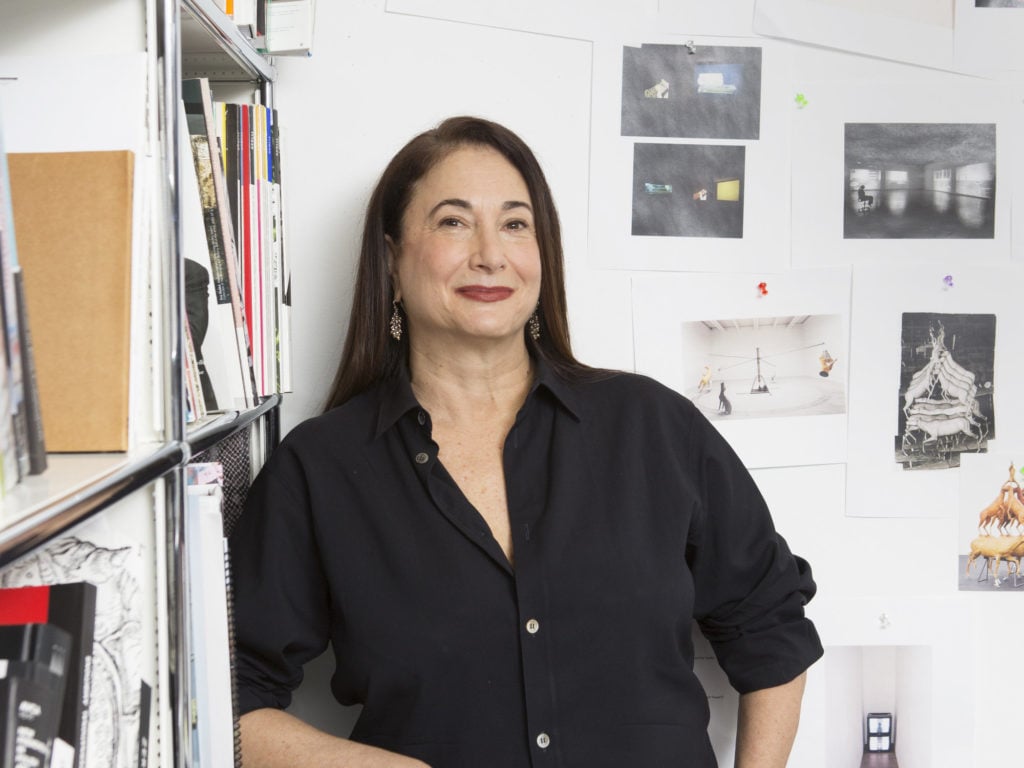
Kathy Halbreich, courtesy of the Museum of Modern Art, NY.
Since joining MoMA in 2008, Halbreich has been a driving force behind the museum’s increasing internationalization. She has been instrumental in the groundbreaking C-MAP (Contemporary and Modern Art Perspectives) program, which regularly convenes scholars, curators, artists, and critics to study the art of cultures beyond the Anglophone regions. The initiative has resulted in ambitious acquisitions and exhibitions including the show “Transmissions: Art in Eastern Europe and Latin America, 1960–1980.” Prior to her tenure at MoMA, Halbreich ran the Walker Art Center in Minneapolis for some 16 years, where she oversaw exhibitions of artists from Chantal Akerman to Kara Walker and presided over the institution’s Herzog & de Meuron-designed expansion.
Notable fact: She’s accomplished all this with only a bachelor’s degree, from Bennington College.
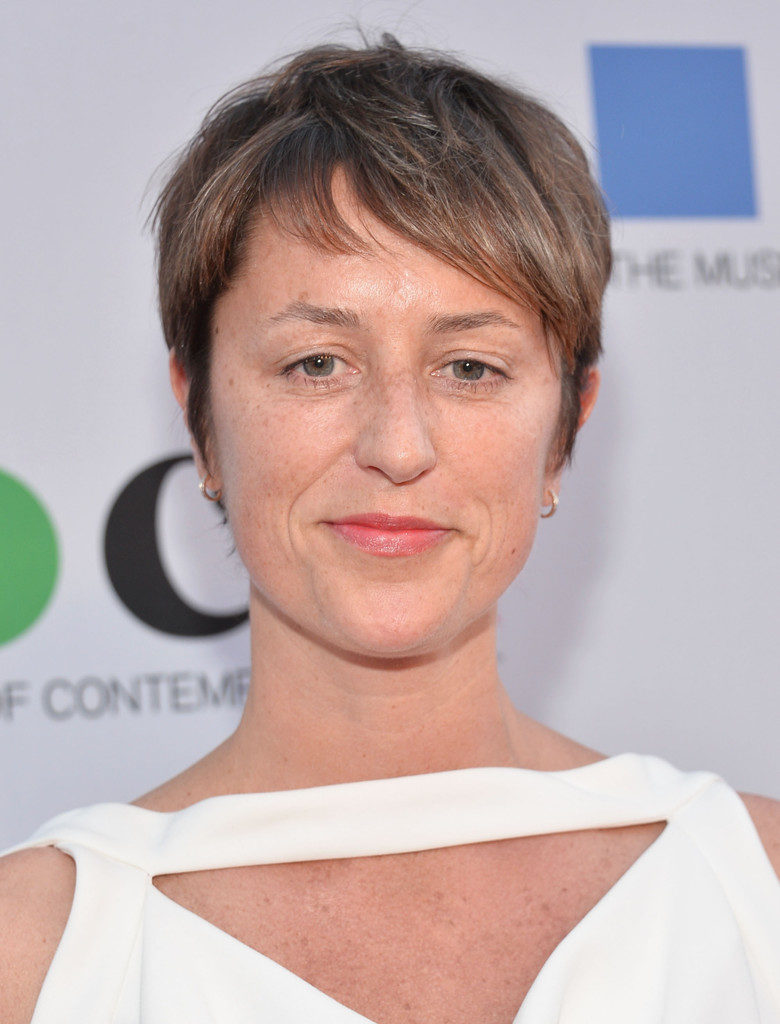
Jessica Morgan: Director of the Dia Art Foundation in New York. Photo: Alberto E. Rodriguez/Getty Images for MOCA.
Morgan has occupied the corner office at Dia since 2015; before that, she served as curator of international art at Tate Modern in London for five years. She manages a staff of about 150 (including part-timers) and an annual operating budget of $10 million. Since her arrival, Morgan has pushed to broaden the museum’s collection, adding works by Asian artists. Notably, she is also willing to make tough decisions about impractical expansions: She abandoned her predecessor’s plan to rebuild Dia’s Chelsea headquarters soon after her arrival.
Morgan’s experience managing one institution across multiple sites (Dia has spaces in Beacon, Manhattan, and Bridgehampton, not to mention works of land art in Kassel, the Great Salt Lake, and elsewhere) would also come in handy at the Met.
Dia’s focus may be far narrower than that of the Met, but the path from Dia to an encyclopedic museum has been blazed by Michael Govan, who left New York to head up the Los Angeles County Museum of Art in 2006. Dodie Kazanjian wrote of Morgan in 2016: “Some art-world insiders wonder how long Dia can hold on to her.”
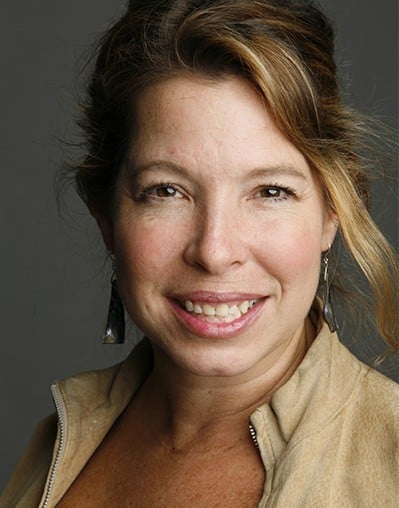
Anne Pasternak. Photo: Timothy Greenfield-Sanders.
Pasternak may have seemed like a left-field choice when she was first tapped to lead the Brooklyn Museum in 2015. She had never led a museum. And the Brooklyn Museum’s $39 million operating budget is eight times larger than that of Creative Time, the contemporary public art nonprofit she previously directed for 20 years. But Pasternak is a quick study: Since she arrived, she has swiftly overseen re-installations and updates of the museum’s Egyptian, American, and European galleries. She’s also added 10 new board members and quadrupled revenue from public programs, according to the New York Times.
Pasternak has also been working to tackle a financial squeeze similar to the one facing the Met, albeit on a smaller scale. The museum offered buyouts and temporarily paused acquisitions in an effort to eliminate a $3 million deficit.
It would seem to be early days for her to move—but the Brooklyn Museum is the city’s other big encyclopedic institution, so she’s got to be in here.
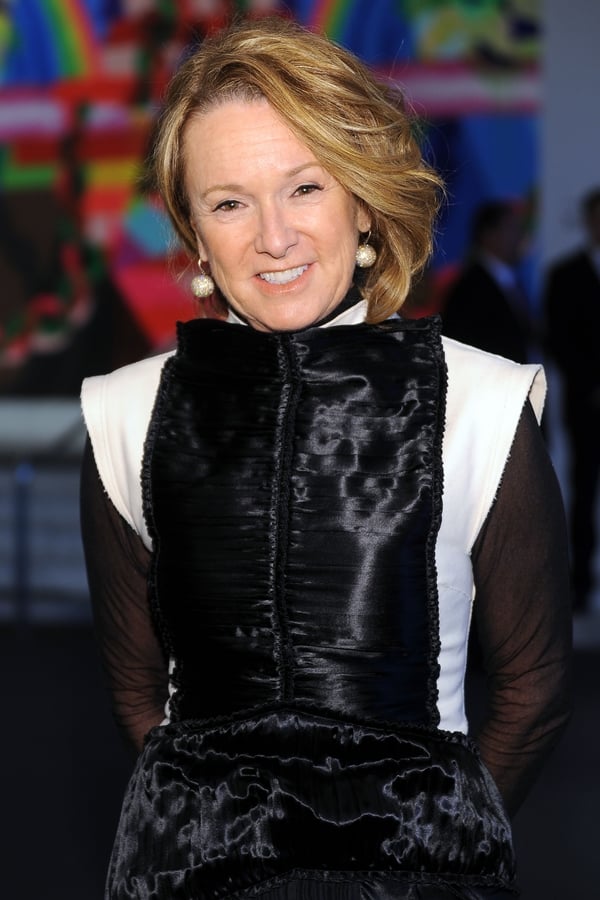
Ann Philbin: Director of the Hammer Museum in Los Angeles. © Patrick McMullan.
Since she took over as director of the Hammer in 1999, Philbin has lifted the institution out of obscurity and placed it squarely among the city’s most important cultural institutions. Overseeing a staff of nearly 300 (a third of them students), she brought a 25 percent bump in attendance by instituting free ticketing in 2014 and has more than quadrupled the institution’s annual budget to north of $20 million. After gradually updating the campus over the years, she’s now presiding over an expansion into an outlying building that UCLA purchased in 2015 for $92.5 million (the Hammer is affiliated with UCLA).
Philbin has also demonstrated her ability to attract, incubate, and retain major curatorial talent. In recent years, she snatched Connie Butler away from MoMA and brought on Anne Ellegood, formerly of the Hirshhorn, as senior curator.
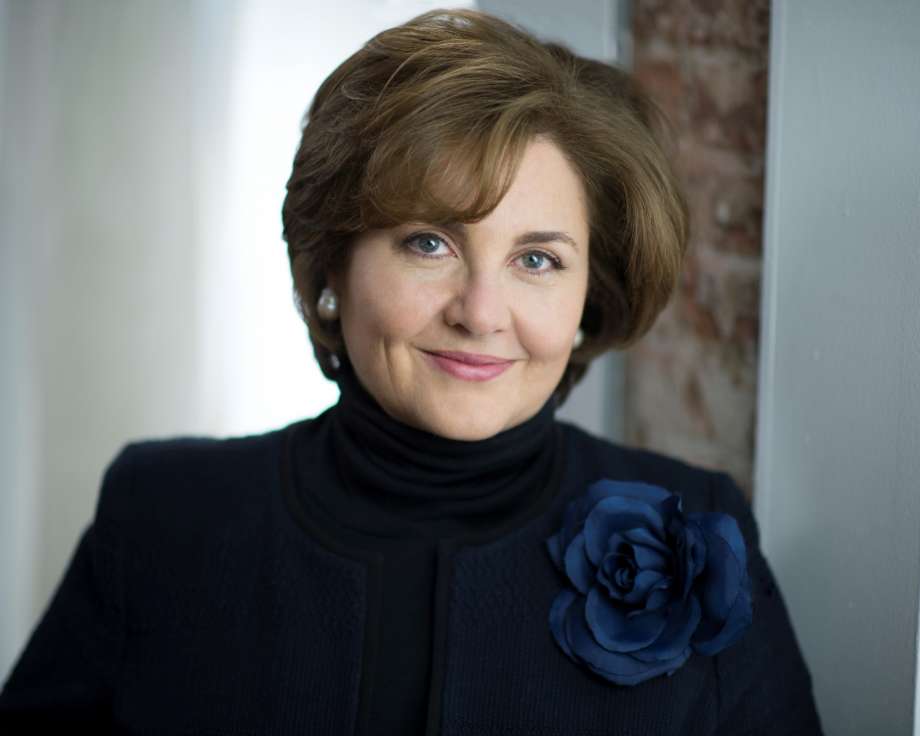
Rebecca Rabinow. Photo courtesy the Menil Collection.
The Met gig would be a homecoming for Rabinow, who worked at the museum for 26 years before decamping to Houston a year ago. At the New York museum, she was in charge of the Leonard A. Lauder Research Center for Modern Art and oversaw the lauded rehang of the museum’s galleries for 19th- and 20th-century European painting and sculpture in 2007.
It might be tough to lure her back so soon—the Houston native seems bullish on Texas, telling the Houston Chronicle that some in the art world see it as potentially “the new cultural center of the United States.” But Rabinow has an enviable track record at the Met, having overseen the 2014 exhibition that debuted the blockbuster collection of Modern art that Lauder gave the museum. At the Menil, Rabinow leads a staff of 131 and manages an annual budget of $20.5 million.
She also has experience with building projects: She is currently overseeing the construction of the $40 million Menil Drawing Institute, the museum’s first new building in 20 years.
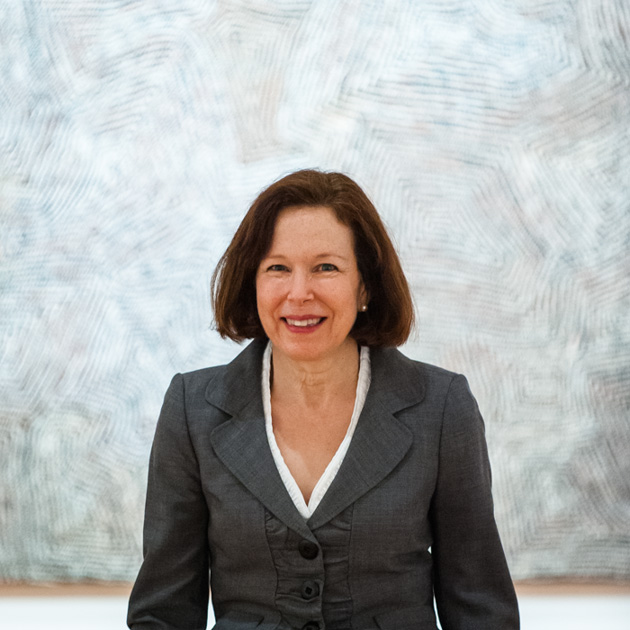
Kimerly Rorschach, courtesy of the Seattle Art Museum.
Since 2012, Rorschach has led a three-part institution that includes the Seattle Art Museum, the Asian Art Museum, and the Olympic Sculpture Park, overseeing about 300 staffers and an annual budget of about $26 million. With departments including African, Native American, modern and contemporary art, SAM’s collections include some 25,000 objects. She has also initiated a campaign to raise $150 million, doubling the museum’s endowment and supporting a $49 million overhaul of the Asian art building.
Before heading west, Rorschach was the founding director of the Nasher Museum of Art at Duke University, managing the construction of Rafael Viñoly’s 65,000-square-foot facility and a growing collection with a focus on artists of African descent. She was named president of the Association of Art Museum Directors in 2012.
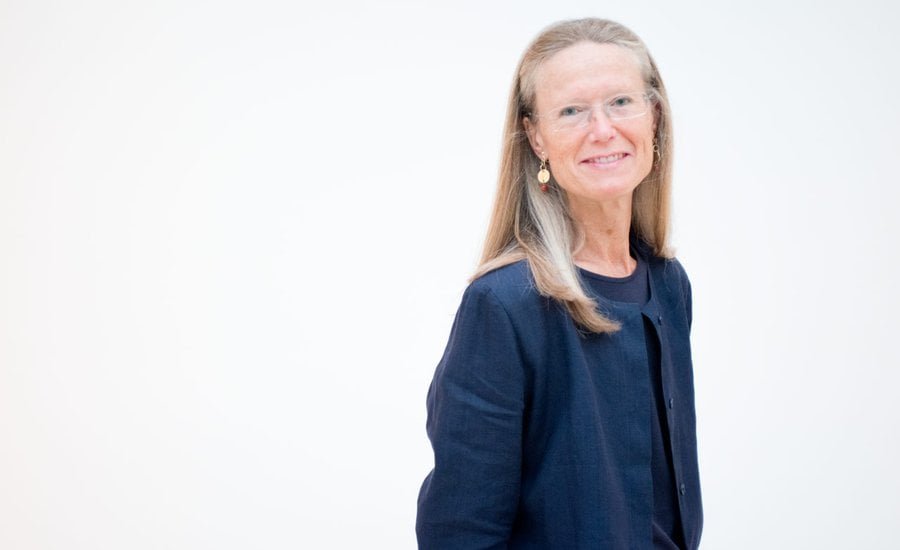
Leonard A. Lauder Chairman for Modern and Contemporary Art, The Metropolitan Museum of Art. © 2013 MMA, photograph by Jackie Neale.
If the Met wants to hire from within, Wagstaff would be another qualified candidate. She joined the museum in 2012 after serving as chief curator at London’s Tate Modern since 2001. In London, she organized shows of artists including Eva Hesse, Roy Lichtenstein, and Barnett Newman and worked with Herzog & de Meuron on the expansion of Tate Modern. She headed to Gotham in 2012 to oversee a new department devoted to 20th- and 21st-century art—a prospect met with some raised eyebrows, considering new art has long been considered the museum’s weakest link. At the time, Campbell cited her wide-ranging “scholarly, curatorial, programming and administrative experience.”
Since launching the museum’s Madison Avenue outpost, the Met Breuer, last March, Wagstaff has worked extensively with curators in other departments and presented contemporary art alongside work by major historical figures like Michelangelo, Jan van Eyck, and Rembrandt.